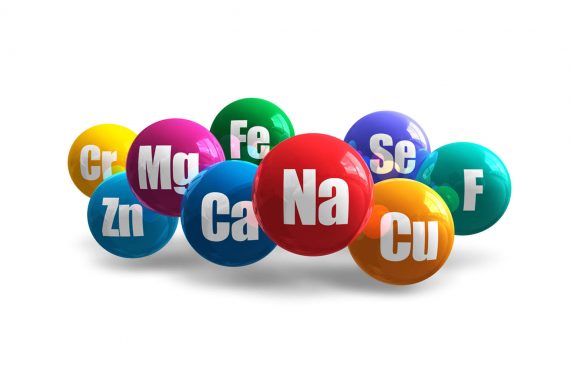Copper imbalance impairs the immune system. Research is underway investigating the role of excess copper in tumor angiogenesis. Elevated copper on a hair mineral analysis, when the level is above about 12 mg% and persists at this level, is often related to a tendency for infections and even cancer.
Cancer is associated with all three copper imbalances – deficiency, excess and biounavailable copper, which is a combination of the other two. This is one reason for the cancer epidemic we experience today. Here are just a few ways cancer is linked to copper imbalance:
- The levels of estrogen and copper have a direct relationships. This means that as copper rises, often estrogen rises, too. This is one reason many women and even men are so-called “estrogen dominant” today. Really, they have too much copper and cannot detoxify estrogen well enough. This imbalance is tied to cancer because estrogen is a potent carcinogen. It is the reason we never recommend supplementing even natural estrogen unless it is done with extreme caution. It is rarely needed if the body chemistry can be balanced using nutritional balancing science.
- Copper causes liver toxicity when it is in excess or when it biounavailable. The liver is important to protect to avoid and to control cancer in every case, according to Dr. Max Gerson, MD, a pioneer in non-toxic cancer therapies.
- Copper alters thyroid gland activity in most cases. This can also contribute to cancer and many other illnesses such as Grave’s disease, for example.
- Copper imbalance is associated with fungal and other infections. These can often be at the root of a cancer situation. For example, it is known that root canal-filled teeth can give off bacterial toxins that help predispose the body to cancers of certain kinds.
- Copper blocks anaerobic metabolism when it is in balance. This can help prevent cancer when copper is in balance, but not when it is too high or too low in the body.
- Copper in excess often interferes with zinc metabolism. Zinc is required for the immune response and for over 100 enzymes in the body from helping digestion to protecting the skin from invasion from infections and even some skin cancers.
Low hair tissue copper levels are frequently found in some types of malignancies, most of which are of the catabolic or highly metastatic type. High tissue iron/copper may or may not be present depending upon the type of malignancy. There have been reports that tissue iron accumulation is found in tissues and lymph nodes with Hodgkins disease. HTMA research is revealing the increased requirements for copper in some malignancy conditions. The necessity for copper is obvious due to its role in respiratory enzyme systems and its participation in superoxide dismutase activity, which helps protect the cell from damage from oxygen toxicity. Cytochrome c oxidase, the terminal oxidase in the electron transport chain, is copper dependent. A reduction in cytochrome c oxidase activity results in the mitochondria becoming enlarged and deformed with advanced copper deficiency. Animal studies have confirmed the effects of some copper compounds as an anti-neoplastic agent. The addition of copper decreased tumor growth, decreased metastasis, and increased survival of animals with certain types of neoplasms. Several reports indicate that serum copper levels rise with the severity of some malignancies and return to normal with remission.
Source: www.traceelements.com, http://www.drlwilson.com










